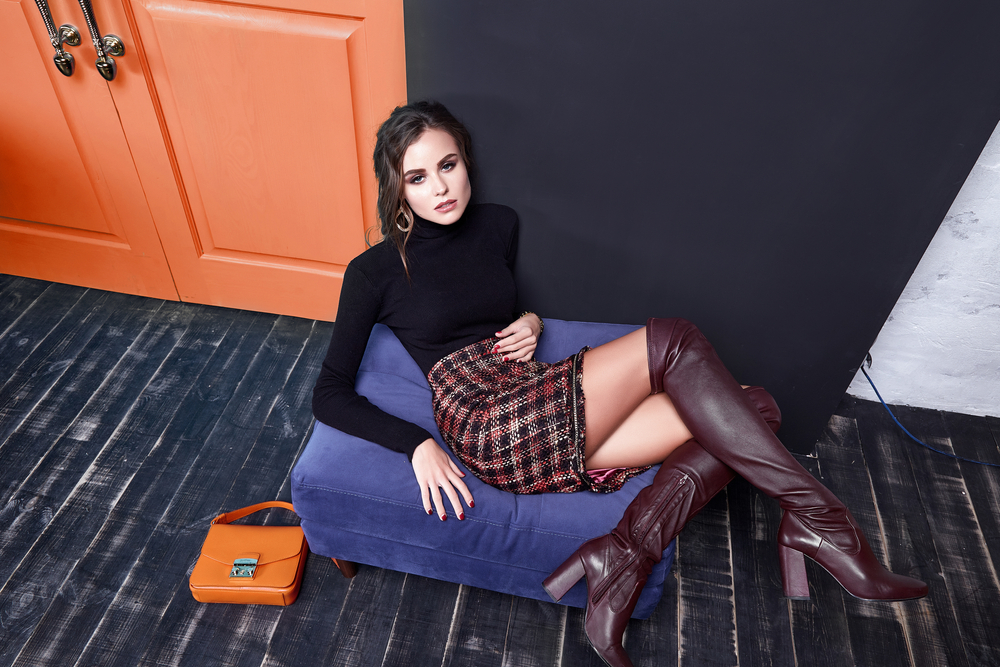
It's no secret that modeling is an art form. The way a model moves, poses, and portrays emotions can make or break a photo or runway show. But what many may not realize is that there is also a science behind it all. Modeling requires a deep understanding of body language, facial expressions, and the ability to work with photographers and designers to bring their vision to life. In this article, we will explore the art and science of modelling , and how to excel in both photoshoots and runway shows.
Understanding Body Language
One of the key elements of modeling is body language. Models must be able to convey a range of emotions and attitudes through their body movements. Whether it's a fierce runway walk or a sultry pose for a photoshoot, body language is crucial for capturing the desired mood. To master body language, models often practice in front of a mirror, studying their posture, angles, and expressions to create a captivating presence.
Posing like a Pro
Posing is another essential aspect of modeling. A skilled model knows how to strike a pose that enhances their best features while also complementing the clothing or product they are showcasing. For runway shows, models must quickly transition between poses as they move down the catwalk. In photoshoots, they work closely with photographers to capture the perfect shot. Posing takes practice and experimentation to find what works best for each model and situation.
Working with Photographers
Collaboration between the model and the photographer is crucial for a successful shoot. Models must be adaptable and open to direction from the photographer. They need to understand the photographer's vision and translate it into their poses and expressions. Good communication and an ability to take direction are essential skills for any model to master.
Creating an Emotional Connection
Models are not just mannequins; they are storytellers. The ability to connect emotionally with the audience is what sets great models apart. Through facial expressions and body language, models can convey a wide range of emotions, drawing the viewer into the narrative of the shoot or runway show.
The Science behind Modeling
While modeling is undoubtedly an art form, there is also a science behind it. Understanding the technical aspects of modeling can greatly improve one's performance. Models must be aware of their body proportions, angles, and how to work with lighting to create the desired effect. They need to understand the camera angles that flatter them most and how to accentuate their best features.
Mastering the Runway
Walking the runway is both exhilarating and challenging. Models must master their stride, posture, and timing to showcase the clothes they are wearing. Runway modeling requires confidence, grace, and the ability to captivate the audience from start to finish. Practice is key when it comes to runway walking, as each designer's collection may require a slightly different approach.
Excel in Photoshoots
Photoshoots are a chance for models to shine individually. Here, they can experiment with different poses, expressions, and settings to bring the photographer's vision to life. Models must be versatile and adapt to different genres of photography, from fashion to beauty and editorial. Photoshoots provide an excellent opportunity to build a diverse portfolio and showcase a range of emotions and styles.
Frequently Asked Questions
Q: How do I become a model?
A: To become a model, it's important to build a strong portfolio and gain industry experience. Attend casting calls, reach out to reputable modeling agencies, and network within the industry.
Q: What are the physical requirements to become a model?
A: Physical requirements vary depending on the type of modeling. While there are general height and size standards, there are also opportunities for different body types and heights in niche markets.
Q: How can I improve my posing skills?
A: Practice is essential for mastering posing. Study posing techniques, practice in front of a mirror, and work with experienced photographers who can guide you.
Q: How do I convey emotions effectively in modeling?
A: Conveying emotions in modeling requires practice and awareness of your body language and facial expressions. Study different emotions and practice expressing them in front of a mirror.
Q: Can I be a model even if I don't fit the traditional standards of beauty?
A: Absolutely! The modeling industry is becoming more inclusive, and there are opportunities for models of all sizes, shapes, and backgrounds. Embrace your uniqueness and seek out agencies or clients who appreciate diversity.
In conclusion, modeling is a blend of art and science. It requires a deep understanding of body language, posing, working with photographers, and creating emotional connections with the audience. The artistry of modeling lies in the ability to captivate and tell a story, while the science behind it involves understanding the technical aspects and mastering the runway and photoshoot techniques. By embracing both the art and science of modeling, aspiring models can set themselves apart and excel in this dynamic industry.
Other useful resources
- https://en.wikipedia.org/wiki/Category:Modeling_(profession)
- https://www.planetmodelphoto.com
- https://en.wikipedia.org/wiki/Category:Models_by_modeling_agency
- https://en.wikipedia.org/wiki/Modeling_agency